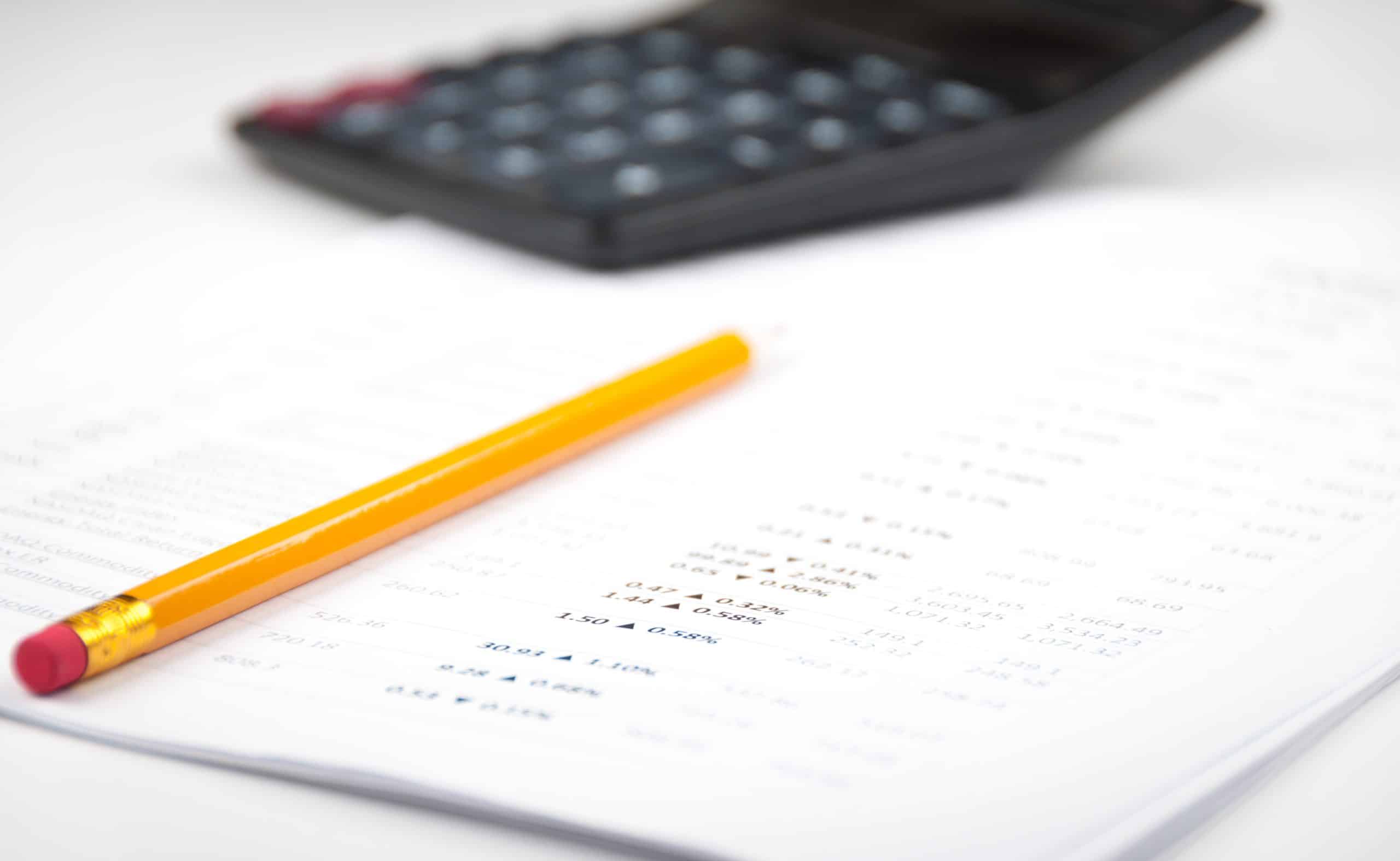How to Implement Technology-Assisted Stroke Analysis for Competitive Rowers?

In the world of competitive rowing, the analysis of stroke data is essential. It’s the driving force behind every boat’s performance, dictating the pace, rhythm, and ultimately, the victory. With the advent of technology, this analysis has drastically evolved. Traditional eye-based evaluations are now supplemented, and often replaced, by sophisticated sensor-based systems that offer precise, objective, and comprehensive data. In this article, you will learn how to implement technology-assisted stroke analysis to enhance the performance of competitive rowers.
Understanding the Basics of Rowing and its Terminology
Before diving into technology integration, it’s important to understand the basic mechanics of rowing and the terminologies associated with it. Rowing, at its core, is a cyclic activity consisting of two main sequences: the drive and the recovery.
A voir aussi : What’s the Best Approach to Enhance Endurance in Competitive CrossFit Athletes?
During the ‘drive’ phase, the rower applies force to the oars, propelling the boat forward. The ‘catch’ is the moment the oar blade enters the water, marking the beginning of the drive. The ‘recovery’ is the time taken by the rower to return to the starting position for the next stroke.
A ‘stroke’ refers to one complete cycle of drive and recovery. The ‘stroke rate’ indicates the number of strokes per minute, while ‘stroke length’ refers to the distance traveled with each stroke. The ‘stroke velocity’ is the speed of the boat during the drive phase.
A découvrir également : How to Implement Mindfulness Training for Focus Enhancement in Snooker Players?
Utilizing Sensor-Based Technology for Stroke Analysis
To fully utilize technology for stroke analysis, you should first understand which data points to focus on. The most critical aspects to measure are the stroke rate, stroke length, and velocity. These metrics are directly linked to the rower’s performance and efficiency.
Sensor-based systems are an excellent tool to gather these data. In essence, these systems use sensors, attached to the boat or the athlete’s body, to record data during each stroke. The data can then be analyzed to gain insights into the rower’s performance.
Examples of sensors you can use include accelerometers, which measure the boat’s acceleration and deceleration, and force sensors, which measure the force exerted on the oar during the stroke. Biometric sensors can track the athlete’s heart rate and oxygen consumption, providing valuable data about their physical condition during the race.
Once you have the sensors in place, you can use software like Google’s TensorFlow or open-source platforms like Crossref to process and analyze the data.
Interpreting the Data for Performance Improvement
Interpreting the sensor-collected data can provide invaluable insights into the rower’s performance. The stroke rate and length can indicate the rower’s stamina and technique. A high stroke rate with a short length may suggest that the rower is expending energy inefficiently. In contrast, a low stroke rate with a long stroke length indicates a more efficient, albeit potentially slower, rowing style.
The velocity data can provide further insights. If the velocity fluctuates significantly during the race, it might indicate irregularities in the rower’s strokes, suggesting areas for improvement.
Biometric data, such as heart rate and oxygen consumption, can be used to assess the athlete’s physical condition. If the heart rate or oxygen consumption is too high for a certain stroke rate or velocity, it might indicate a need for improved fitness or better breathing technique.
Integrating Technology into Training Regimes
Integrating this technology into your training regime isn’t as daunting as it might seem. Start by introducing the sensors in practice sessions before ramping up their use in competitive scenarios. This helps the rower get accustomed to the added equipment and allows you to fine-tune the system for accurate data collection.
You can also use apps and software that provide real-time feedback. This enables the rower to adjust their performance during training, based on the data. For instance, if the system indicates a high stroke rate with a short stroke length, the rower can immediately adjust their technique and see the impact on their performance in real-time.
Concluding Thoughts on Technology-Assisted Stroke Analysis
As technology continues to advance, so too does the potential for its application in sports like rowing. Sensor-based stroke analysis offers a more objective, precise, and comprehensive overview of an athlete’s performance than traditional methods. By understanding the fundamentals of rowing, utilizing sensor-based systems, interpreting the collected data, and integrating technology into training regimes, you can substantially enhance the performance of your rowers. Ultimately, the key to success lies not only in the rower’s skill and strength, but also in the effective use of technology.
Advantages of Using Inertial Sensors and Motion Capture in Technology-Assisted Stroke Analysis
The use of inertial sensors and motion capture tools in stroke analysis is revolutionizing the training and performance of competitive rowers. These technologies are fundamentally changing the way coaches and athletes approach performance optimization. Understanding their advantages is key to fully utilizing their capabilities.
Inertial sensors measure the acceleration and angular velocity of an object. When attached to a rower and their equipment, these sensors can capture movements, vibrations, and velocities, offering detailed insights into the stroke cycle. This data can be further analyzed to identify inefficiencies and areas for improvement in the rowing technique.
Motion capture, on the other hand, provides a visual representation of the rower’s movements. This allows coaches to get a closer view of the rowing technique, identifying minute details that the naked eye might miss. By comparing the motion capture data with the ideal stroke pattern, coaches can suggest precise adjustments to enhance rowing performance.
A combination of these two technologies enables a comprehensive stroke analysis. For instance, if the inertial sensor indicates a deviation in the boat’s velocity during the recovery phase, the motion capture data can be consulted to identify the cause. It could be an improper joint angle or a delay in the drive phase.
Open-source platforms such as Scholar Crossref are an excellent resource for processing and analyzing this data. It allows you to visualize the data in an easily understandable manner and even compare it with data from other rowers. You can also use it to access a vast collection of scientific literature, including international conference papers, to stay updated with the latest research in rowing technology.
Real-Time Stroke Analysis and Its Impact on Rowing Performance
One of the most significant advantages of technology-assisted stroke analysis is the capability for real-time feedback. Through apps and software that interpret the data from the sensors and provide feedback instantaneously, rowers can make adjustments to their technique mid-training or mid-race.
Real-time feedback impacts rowing performance in multiple ways. Firstly, it allows for immediate correction of technique. If the system indicates a high stroke rate but low power output, the rower can adjust their technique on the spot, ensuring that their energy is not wasted.
Secondly, it enables personalized training programs. By analyzing the rower’s performance over multiple sessions, coaches can identify their strengths and weaknesses. This information can be used to tailor training programs that focus on improving specific aspects of the rower’s technique or physical condition.
Google Scholar is a reliable platform that offers a variety of apps and software for real-time stroke analysis. It also provides access to a plethora of studies and articles on rowing technique optimization, allowing you to further refine your training methods.
Conclusion: The Role of Technology in Enhancing Competitive Rowing
In conclusion, technology plays an increasingly vital role in enhancing the performance of competitive rowers. By enabling precise, objective, and comprehensive stroke analysis, the integration of technology such as inertial sensors and motion capture into training regimes provides a clear advantage.
The collection of detailed data allows for a thorough evaluation of the rower’s technique, efficiency, and physical condition. With real-time analysis, rowers can adjust their technique and strategy during training or competition, leading to immediate performance improvement. The use of platforms like Scholar Crossref and Google Scholar further enhances the benefits by providing tools for data analysis and access to the latest research in the field.
While technology offers numerous advantages, it is essential to remember that it is a tool to assist and not replace the rower’s skill, strength, and dedication. It is the combination of these personal qualities with effective use of technology that truly drives rowing performance.
